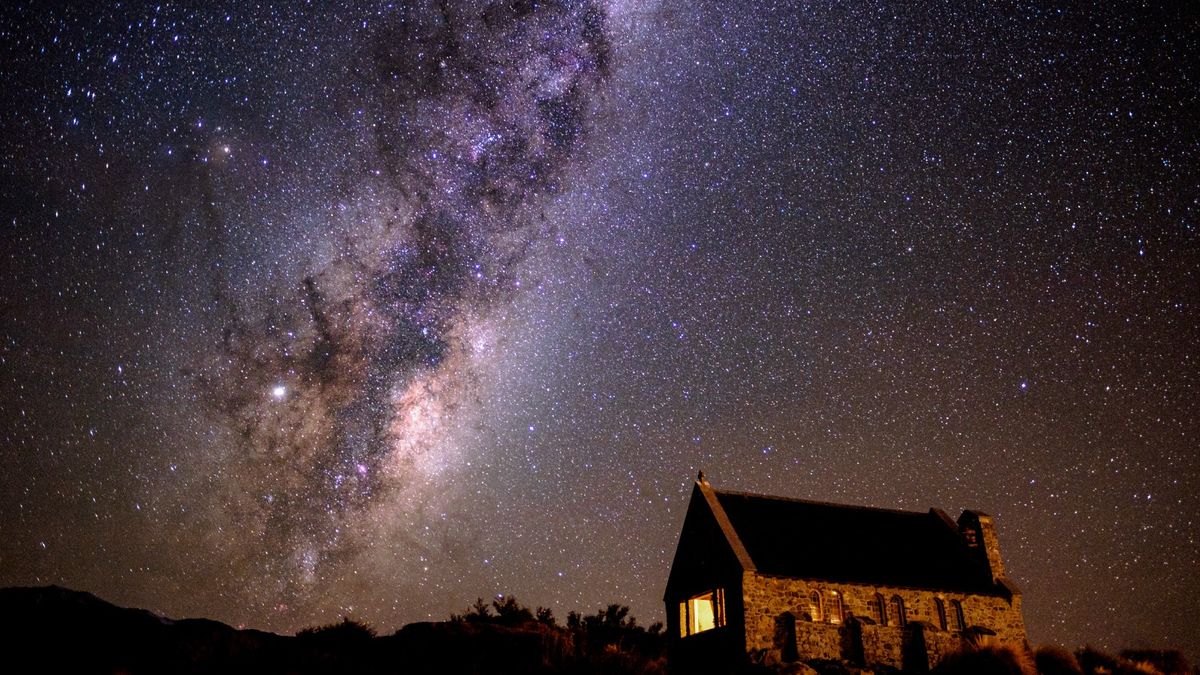Pumbaa always thought stars were balls of gas burning billions of miles away... but they are much more than that. When we look up at the sky, those twinkling stars not only make for one of the greatest views, but also transport us to a different world. And if your favourite place to be is beneath the stars, we bet there’s no better way to spend your New Year’s Eve. From Atacama Desert in Chile to NamibRand Nature Reserve in Namibia, here’s the ultimate list of the best destinations around the world with the clearest skies for a magical stargazing experience.
1. Bryce Canyon National Park, Utah

The State located in the Mountain West subregion of the Western United States has the highest number of International Dark Sky Association certified locations in the world, 18 Dark Sky sites to be precise. Some of the most preferred spots for stargazing surrounding the beautiful red rock cliffs and natural amphitheatres are Natural Bridge, Farview Point, Sunset Point or Sunrise Point, and Mossy Cave Trail where you can see up to 7,500 stars. You can either go for an astronomy-related ranger program or opt for a special stargazing event guided by special guest astronomers from the Salt Lake Astronomical Society.
2. The Atacama Desert, Chile

Marvel at the wonders hidden in the night sky at the world’s driest non-polar desert that makes it an ideal astro-tourism hub. Credit the high altitude, scarce clouds, low humidity and minimal light pollution that makes the Elqui Valley in the Coquimbo Region and San Pedro de Atacama in the Antofagasta Region perfect spots for stargazing. Located in South America, this 600-mile stretch offers incredible views of popular constellations such as the Tarantula Nebula - the largest and brightest star-forming region, the Large Magellanic Cloud - a satellite galaxy of the Milky Way, and the Fornax Cluster of galaxies.
3. NamibRand Nature Reserve, Namibia

Admire the beauty of night skies at one of the naturally darkest places on Earth as the closest inhabitants are located 60 miles away. Certified as a Gold Tier International Dark Sky Reserve by the International Dark Sky Association, the 500,000-acre land offers a once-in-a-lifetime astronomical experience that’s hard to miss. You can either plan a stay at Kwessi Dunes Lodge or Wolwedans,
4. La Palma and Tenerife, Canary Islands

A sky full of stars awaits you at the Canary Islands that has three UNESCO Starlight Reserves certified by the nonprofit Starlight Foundation. Some of the most preferred sites to stargaze on these islands are Garajonay Summit and San Bartolo Mountain in La Palma, El Palmar viewpoint and Guajara Mountain in Tenerife. Located at 2,396 metre above sea level, it has Europe’s largest astronomical observatories and solar telescopes.
5. Mauna Kea, Hawaii

Located 2,500 miles southwest of California, this dormant volcano on the Hawaii island is known to offer some of the most mesmerising stargazing experiences ever. However, to experience this, what awaits is a 13,796-foot summit that leads you to the Mauna Kea Observatory which houses some of the biggest and potent optical telescopes in the world. Here, you can witness the constellations of Ursa Major and Orion amongst other Northern Hemisphere's celestial spectacles.
6. Sagarmatha National Park, Nepal

Nepal isn’t just about gorgeous temples and stupas, it’s a lot more than that. Listed amongst the list of world’s top sites for stargazing by National Geographic, it lends the most dramatic stargazing experiences in Sagarmatha National Park, near Namche Bazaar, with stars twinkling over Mount Everest.
7. Iriomote-Ishigaki National Park, Japan

Located in Okinawa Prefecture around the Yaeyama Islands, it’s the first place in Japan and second in Asia to be designated an International Dark Sky Place. Being located close to the Tropic of Cancer let’s 84 of 88 constellations recognized by the International Astronomical Union to be seen over the year.
8. Aoraki Mackenzie International Dark Sky Reserve, New Zealand

The Glentanner Park, popular as the gateway to New Zealand's tallest mountain, Aoraki Mount Cook offers the most spectacular constellations from Lake Pukaki. For the unversed, it’s the world’s largest International Dark Sky Reserve and considered one of the best places in the Southern Hemisphere to spend the night counting the stars.




_1671633058840_thumb_300.jpeg)